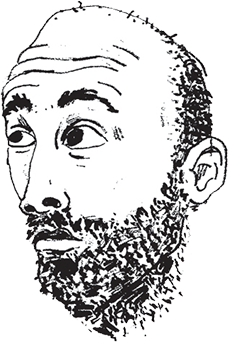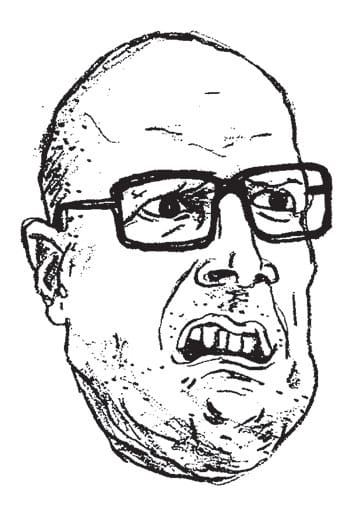Originally built as a newspaper headquarter, the Volkskrant building was left empty in 2007. Being in a bad shape, its future was uncertain. But soon after the journalists moved out, Stichting Urban Resort turned the old offices into studios for artists and creative entrepreneurs. A so-called Broedplaats (‘Art Factory’) was born.

The University of Amsterdam (UvA) wanted to know more about the everyday practices of the cultural world. Soon after getting her master’s degree in Cultural Studies, Boukje Cnossen was asked by the UvA to dive into the Volkskrant building. Her goal: find out more about the communities of the Art Factory and the way they interact.
Yoga with IT nerds
What followed was an extensive research, where Boukje literally dove into the world of the Volkskrant building. She became part of the Urban Resort organisation, organised social gatherings for the building and interviewed almost 80 tenants: “I just knocked on doors, explained what I was doing and started talking. I wanted to integrate in the everyday life to see how the Art Factory influenced the way people worked. Two days a week, I was working from the Urban Resort office in the Volkskrant building. Other days, I was flex working here and there and also joined in other activities. Every Wednesday, for example, a group of IT start ups was doing yoga. I joined in. It was a big challenge for these guys to do yoga. Not only because they weren’t very flexible, but also because of the bad cell phone reception in the yoga room…”

The value of an Art Factory
A lot of Art Factories encourage their tenants to work together, so Boukje wanted to know if this is something these creative minds need or want: “If I asked tenants about it, they were a bit embarrassed to admit that they didn’t do projects with other people in the building. Almost every single one of them pointed out that is was not that they didn’t want to, but it just didn’t happen yet. That’s when I found that the value of an Art Factory like the Volkskrant Building wasn’t in having immediate collaborations, but more in the atmosphere. The feeling to be amongst other creative entrepreneurs, to have everyday chitchat, was just what the tenants needed.”
When Boukje rounded up her project she decided she didn’t want to leave the outcomes of her research somewhere in a professor’s drawer. Together with academic researcher Sebastian Olma (40) she turned it all into a small book.

So if you’re interested in the history of our building, the artists, creative entrepreneurs and social initiatives that filled the building with their creative plans, wild parties and hard work, the role of the city government & Stichting Urban Resort and the influence of the Volkskrant building on Amsterdam’s cultural (night)life… make sure to read it!
 INFO
INFO
▷ The Volkskrant Building: Manufacturing Difference in Amsterdam’s Creative City
▷ Book launch & discussion
▷ 4th of December 2014
▷ 17.00 – 17.45
▷ Volkshotel
▷ FREE ENTRANCE (please register by attending this event)
PLEASE NOTE:
The presentation & discussion will be in Dutch.
Photo credits
Jumping Men & Dog (c) Maarten Tromp


